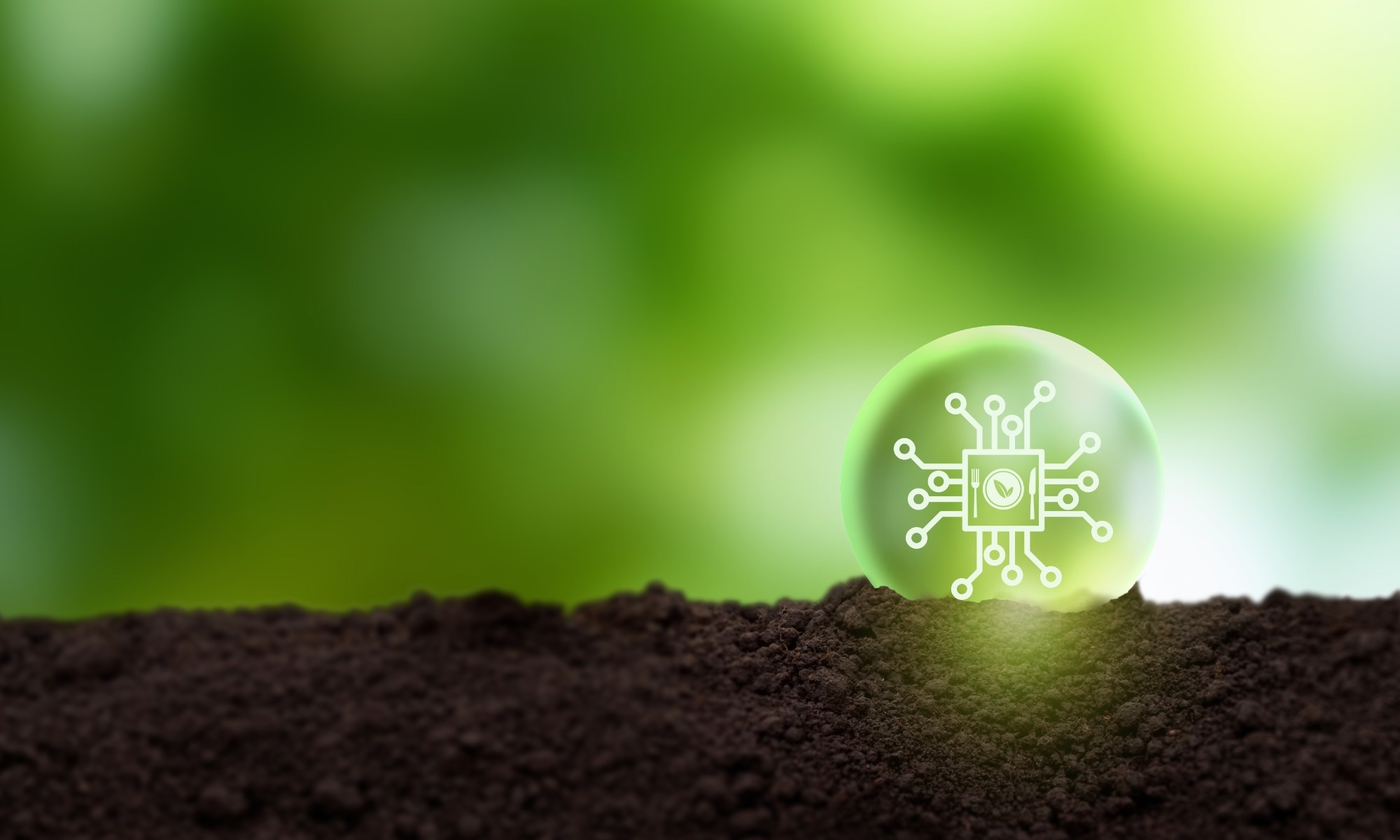 By Pooja Toshniwal PahariaReviewed by Lexie CornerMay 13 2025
By Pooja Toshniwal PahariaReviewed by Lexie CornerMay 13 2025A recent study published in Physiologia Plantarum explores an innovative approach to sustainable agriculture by using biologically derived nanoparticles (bio-NPs) from Haematococcus pluvialis—a microalga known for its antioxidant-rich profile, particularly astaxanthin.

Image Credit: 3rdtimeluckystudio/Sutterstock.com
The research team evaluated the impact of these bio-NPs on maize seed priming, analyzing both the physiological responses of the plants and the effects on beneficial soil microbes, including key bacteria and fungi.
This technique combines the advantages of nano-priming with the delivery of organic molecules to seeds, offering a promising strategy for enhancing seedling development. The results suggest that these microalgae-based bio-NPs could support more sustainable farming by reducing dependence on synthetic fertilizers and helping crops withstand climate-related stress.
Addressing Agricultural Challenges in a Changing Climate
With extreme weather events becoming more frequent, improving seed resilience is urgent. Environmental stressors—like high temperatures, drought, and salinity—disrupt seed germination and early plant growth, making it harder to maintain stable food production.
Seed germination, the critical process by which a seed begins to grow into a plant, sets the foundation for a crop’s health, yield, and survival, especially under adverse conditions.
Priming techniques, which involve pre-treating seeds to stimulate metabolic activity before planting, can give crops a stronger start. These treatments have been shown to enhance germination speed, uniformity, vigor, and even resistance to pests.
In recent years, nanoparticle-based priming has gained attention for its ability to further boost plant performance. While traditional nanoparticles are often metal- or mineral-based, biologically produced nanoparticles provide a safer, more eco-conscious alternative.
About the Study
In this study, researchers explored the use of nanoparticles derived from Haematococcus pluvialis to prime maize seeds, aiming to assess how biologically sourced compounds could support plant health.
To begin, H. pluvialis was cultured in Tris-Acetate-Phosphate (TAP) growth medium at 25 °C under continuous light for one week. Afterward, the culture supernatant was separated by centrifugation at 2,500 × g for 10 minutes to extract bioactive components from the microalga.
The researchers then prepared a reaction mixture by combining 2.0 g of ferrous chloride (FeCl2), 4.0 g of ferric chloride (FeCl3), and 10 mL of the microalgal extract, allowing the solution to react for three hours.
To initiate nanoparticle synthesis, they adjusted the pH of the mixture to 12 using 5.0 mol/L sodium hydroxide (NaOH). This caused the solution to shift from a dark yellowish color to black, a visual indication of nanoparticle formation. The resulting bio-NPs were isolated through centrifugation and stored at −80 °C for later use.
The synthesized nanoparticles were thoroughly characterized using several analytical techniques. Transmission Electron Microscopy (TEM) confirmed their nanoscale size and morphology, while X-ray Diffraction (XRD) identified their crystalline structure.
Spectrophotometry measured optical absorption properties, and zeta potential analysis provided insights into particle stability and surface charge. Flame Atomic Absorption Spectroscopy (FAAS) was used to assess the efficiency of synthesis and the extent of iron incorporation.
To evaluate their effects, the team primed maize seeds by soaking them in bio-NP solutions at five different concentrations: 2.0 mM, 4.0 mM, 6.0 mM, 8.0 mM, and 16 mM, for 20 hours. They used multispectral imaging to monitor germination and seedling development, focusing on parameters such as Chlorophyll a (Chl/a) content, Chlorophyll Index (ChlIdx), Anthocyanin Index (AriIdx), and the Normalized Difference Vegetation Index (NDVI), all based on fluorescence and spectral reflectance.
The study also examined how the bio-NPs interacted with agriculturally important microbes. In vitro assays tested the effects on three beneficial bacterial strains—Bacillus thuringiensis RZ2MS9, Pantoea agglomerans 33.1, and Azospirillum brasiliense Ab-V5.
The team also looked at the response of Trichoderma harzianum, a beneficial fungus widely used as a biocontrol agent. Additionally, they assessed whether the nanoparticles posed any toxicity risks to these microbial allies.
Key Findings
Multispectral imaging showed notable improvements in NDVI, chlorophyll, and anthocyanin levels in seedlings primed with the microalga-derived nanoparticles. These results point to enhanced stress tolerance, especially under challenging environmental conditions. Additionally, seed coating quality and overall plant health improved.
Among the tested concentrations, 6.0 mM produced the strongest overall improvements in seedling vigor, while 4.0 mM led to the fastest emergence from sand. Crucially, the nanoparticles showed no adverse effects on beneficial microbes, indicating they are safe for use in agricultural systems.
Further analysis confirmed successful nanoparticle synthesis: The particles showed absorbance between 295 and 301 nm, displayed Fe3O4 diffraction peaks on XRD, and incorporated nearly all of the initial iron content (99.998 %).
TEM imaging revealed spherical particles averaging 21.14 nm in size, surrounded by a thin organic layer likely derived from H. pluvialis. A zeta potential of −32.3 mV suggested good stability due to the negative surface charge.
Download your PDF copy now!
Outlook
This study demonstrates that Haematococcus pluvialis-based bio-NPs can act as effective, environmentally friendly biostimulants for seed priming. The nanoparticles enhance seedling performance while remaining non-toxic to beneficial soil microorganisms.
Future research could explore how these bio-NPs interact at the cellular level with plant tissues and soil microbiomes. Long-term studies on their effects on crop yield, soil health, and ecosystem dynamics would also help determine their broader potential in sustainable agriculture.
Journal Reference
Rafiei, N., et al. (2025) Haematococcus pluvialis bionanoparticles boost maize seedling health, serving as a sustainable seed priming agent and biostimulant for agriculture. Physiologia Plantarum, 177(3), e70245, DOI: https://doi.org/10.1111/ppl.70245, https://onlinelibrary.wiley.com/doi/10.1111/ppl.70245